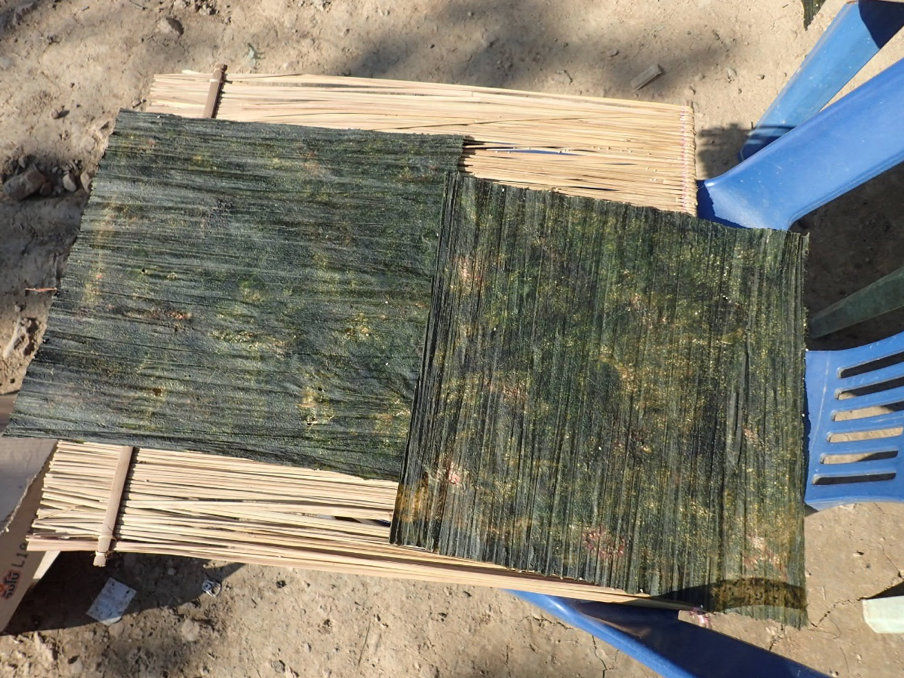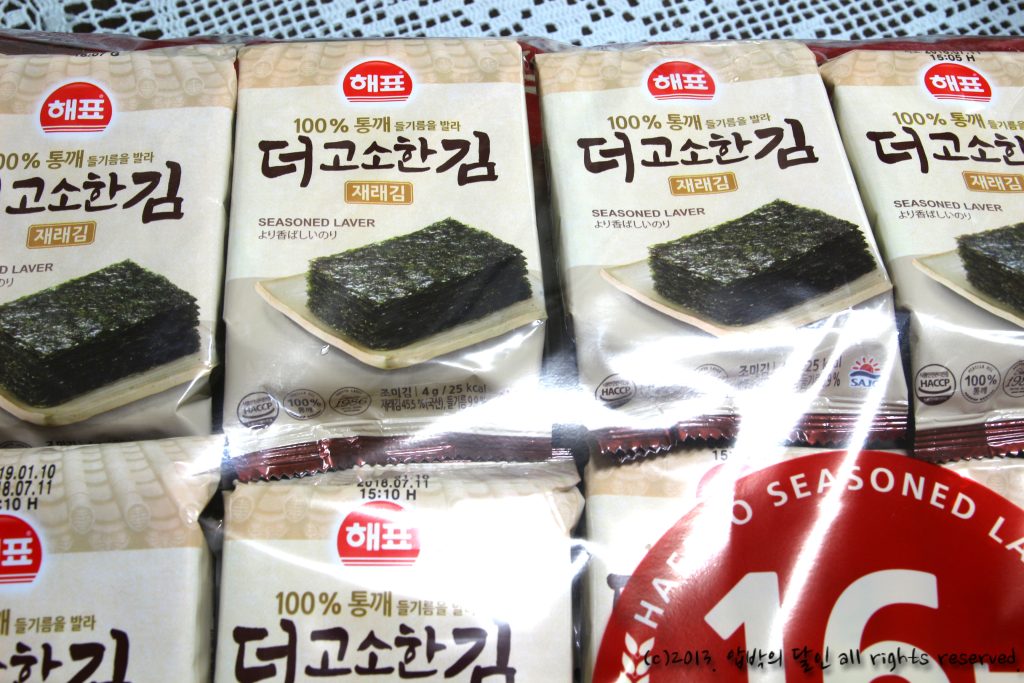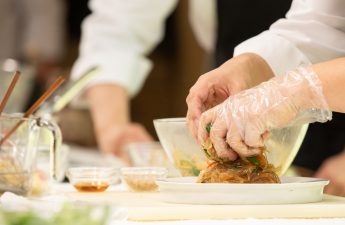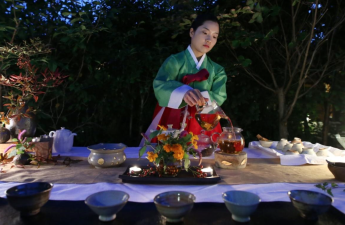Kim seaweed is a food that is not only adored by Koreans but can also appeal taste buds of many foreigners. That seaweed is also nutritious and contains a number of useful substances, such as protein, iodine, vitamins, in particular groups B and A, and minerals.
It is known that these, but somewhat modified seaweed residents were fed during the period of Silla. Then it was called “hae” or “hatae”, which meant “sea dress” and “sea moss”, accordingly.
Apparently, a prominent dish from kim is considered to be kimpab — these are a kind of roll, but with other types of fillings. It, like befitting most Korean dishes, is easy to prepare, delicious and nutritious. Most often, the basis of kimbab is rice with the addition of sesame oil and kim. For the traditional filling: ham, pickled radish, cucumber, fried eggs, and carrots are cut into strips and then wrapped.
Follow the link below to learn how to prepare this dish from one of the most popular chefs in Korea – Baek Jong Won, English subtitles are available as well:
The origin of the name “kim” has been known since the time of Joseon. In the fifteenth century, in the southern province of Jeolla, the city of Kwanyang, there lived a man named Kim Yoik (김여익), one day, while walking along the seashore, he accidentally saw seaweed clinging to a piece of wood. Without long hesitation, Kim decided to taste it, to his surprise, the seaweed turned out to be quite tasty. As a result, he arranged new pieces of wood and decided to keep an eye on them for a while longer. Afterward, Kim Yoik noticed that the seaweed continued to clutch to the tree, so he began to “grow” it.

At that time, there was no specific method of cultivation and drying, so Kim Yoik came up with his own method. He thinly stretched kim strips, which allowed them to dry faster and better. After several successful drying attempts, Kim Yoik showed his innovation to others. People liked this method, and they also started collecting and drying seaweed using Kim`s method, then selling it at the market.


The water of the area where Kim Yoik lived combined river and sea, which made Kim famous for its special aroma and taste. It soon gained such popularity that rumors spread all the way to the King’s residence. The king, having tasted a delicacy similar to black paper at the dinner table, asked what it was called. But no one knew the name. Then a servant said that it was food prepared by Kim, who lives in the Jeolla province. The King replied then, “such a delicious dish and has no name, what about calling it kim”. After that, food, which was once called differently in each region and did not have a single name, has been known by one name-“kim”.
Nowadays in the discoverer, Kim’s hometown has dedicated a museum. There are photos and expositions showing various stories related to Kim Yoik, ancient and modern methods of growing kim, its varieties, and much more.
Author: Anastasiia Holonko
4


